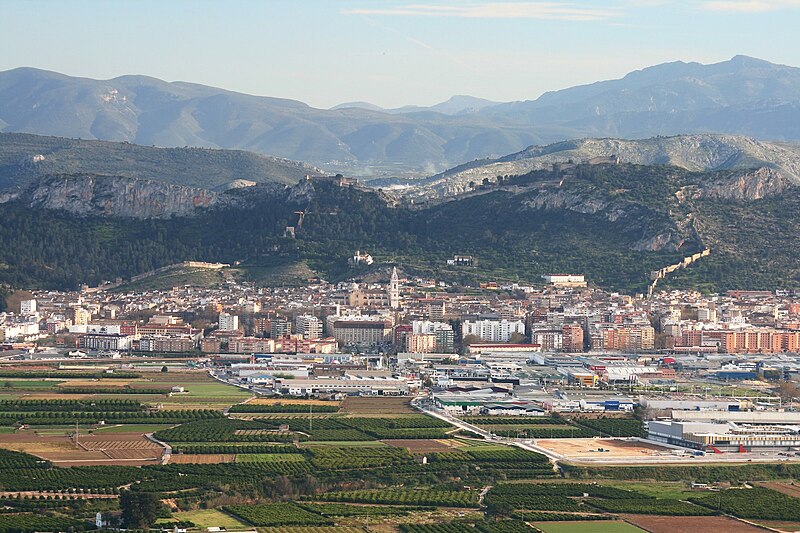Other great places
- A Corunya
- Alcazar de San Juan
- Alcudia
- Algeciras
- Alicante
- Almeria
- Antequera
- Aranjuez
- Astorga
- Badajoz
- Barcelona
- Benicarlo-Penyiscola
- Benicassim
- Bilbao
- Burgos
- Caceres
- Cadaqués
- Cadiz
- Cambrils
- Cartagena
- Ceuta
- Ciutadella
- Cordoba
- Cullera
- Denia
- Ferrol
- Figueres
- Formentera
- Gador
- Gandia
- Gijon
- Girona
- Granada
- Guadalajara
- Guadix
- Huelva
- Huesca
- Ibiza
- Irun
- Jerez de La Frontera
- Laldea-Amposta-Tortosa
- Leon
- Llanca
- Lleida
- Logronyo
- Loja
- Lugo
- Madrid
- Malaga
- Medina del Campo
- Melilla
- Merida
- Moreda
- Motril
- Murcia
- Orihuela
- Ourense
- Oviedo
- Palencia
- Palma de Mallorca
- Pamplona
- Ponferrada
- Pontevedra
- Portbou
- Puerto de Santa Maria
- Puigcerda
- Ripoll
- Ronda
- Sagunt/sagunto
- Salamanca
- San Sebastian
- Santander
- Santiago de Compostela
- Segovia Guiomar
- Seville
- Talavera de La Reina
- Tarragona
- Teruel
- Toledo
- Tolosa
- Tudela de Navarra
- Valencia
- Valladolid
- Vic
- Vigo Guixar
- Villena
- Vinaros
- Vitoria-Gasteiz
- Xativa
- Zamora
- Zaragoza
Xativa

Jan Harenburg, CC BY 4.0
Map
Tourist infomation
Here's a link to tourist information: Tourist info website
Plan your own trip
Why not plan your own trip one hop at a time with TripHop:
great hops from here
- Villena - travel time 0:37
- Valencia - travel time 0:41
- Sagunt/sagunto - travel time 1:15
- Alicante - travel time 1:19
- Benicassim - travel time 1:49
- Benicarlo-Penyiscola - travel time 2:17
- Vinaros - travel time 2:23
- Alcazar de San Juan - travel time 2:23
- Orihuela - travel time 2:36
- Laldea-Amposta-Tortosa - travel time 2:39
- Murcia - travel time 2:57
- Cambrils - travel time 3:08
- Tarragona - travel time 3:32
- Teruel - travel time 3:58
- Cartagena - travel time 4:05
- Barcelona - travel time 4:23
- Cordoba - travel time 5:54
- Zaragoza - travel time 6:09
- Seville - travel time 6:58
- Jerez de La Frontera - travel time 8:07
- Puerto de Santa Maria - travel time 8:18
- Cadiz - travel time 8:47